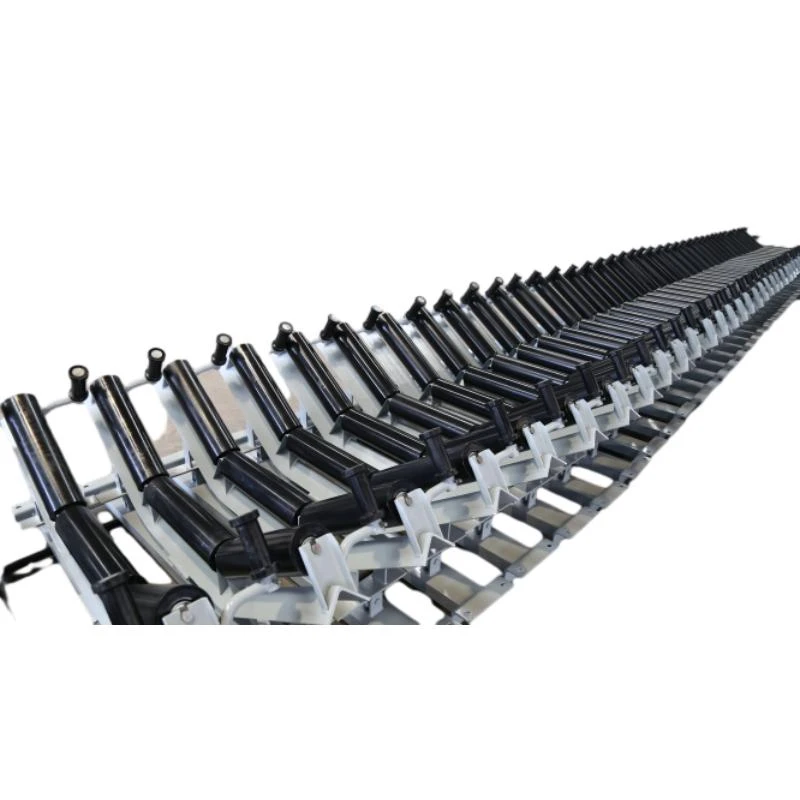 Afrikaans
Afrikaans  Albanian
Albanian  Amharic
Amharic  Arabic
Arabic  Armenian
Armenian  Azerbaijani
Azerbaijani  Basque
Basque  Belarusian
Belarusian  Bengali
Bengali  Bosnian
Bosnian  Bulgarian
Bulgarian  Catalan
Catalan  Cebuano
Cebuano  Corsican
Corsican  Croatian
Croatian  Czech
Czech  Danish
Danish  Dutch
Dutch  English
English  Esperanto
Esperanto  Estonian
Estonian  Finnish
Finnish  French
French  Frisian
Frisian  Galician
Galician  Georgian
Georgian  German
German  Greek
Greek  Gujarati
Gujarati  Haitian Creole
Haitian Creole  hausa
hausa  hawaiian
hawaiian  Hebrew
Hebrew  Hindi
Hindi  Miao
Miao  Hungarian
Hungarian  Icelandic
Icelandic  igbo
igbo  Indonesian
Indonesian  irish
irish  Italian
Italian  Japanese
Japanese  Javanese
Javanese  Kannada
Kannada  kazakh
kazakh  Khmer
Khmer  Rwandese
Rwandese  Korean
Korean  Kurdish
Kurdish  Kyrgyz
Kyrgyz  Lao
Lao  Latin
Latin  Latvian
Latvian  Lithuanian
Lithuanian  Luxembourgish
Luxembourgish  Macedonian
Macedonian  Malgashi
Malgashi  Malay
Malay  Malayalam
Malayalam  Maltese
Maltese  Maori
Maori  Marathi
Marathi  Mongolian
Mongolian  Myanmar
Myanmar  Nepali
Nepali  Norwegian
Norwegian  Norwegian
Norwegian  Occitan
Occitan  Pashto
Pashto  Persian
Persian  Polish
Polish  Portuguese
Portuguese  Punjabi
Punjabi  Romanian
Romanian  Russian
Russian  Samoan
Samoan  Scottish Gaelic
Scottish Gaelic  Serbian
Serbian  Sesotho
Sesotho  Shona
Shona  Sindhi
Sindhi  Sinhala
Sinhala  Slovak
Slovak  Slovenian
Slovenian  Somali
Somali  Spanish
Spanish  Sundanese
Sundanese  Swahili
Swahili  Swedish
Swedish  Tagalog
Tagalog  Tajik
Tajik  Tamil
Tamil  Tatar
Tatar  Telugu
Telugu  Thai
Thai  Turkish
Turkish  Turkmen
Turkmen  Ukrainian
Ukrainian  Urdu
Urdu  Uighur
Uighur  Uzbek
Uzbek  Vietnamese
Vietnamese  Welsh
Welsh  Bantu
Bantu  Yiddish
Yiddish  Yoruba
Yoruba  Zulu
Zulu Understanding the Role and Functionality of Belt Drive Idlers in Mechanical Systems
Understanding Belt Drive Idlers Function, Types, and Applications
Belt drive systems are a vital component in many mechanical designs, commonly found in various industries, ranging from automotive to manufacturing machinery. One crucial element of these systems is the belt drive idler, which plays an important role in ensuring efficient operation. This article delves into the function, types, and applications of belt drive idlers, providing a comprehensive understanding of their significance.
What is a Belt Drive Idler?
A belt drive idler is a pulley that does not drive any load but instead serves to guide, tension, or change the direction of a belt in a belt drive system. The primary function of an idler is to maintain proper tension on the drive belt to prevent slippage, wear, and damage. By supporting the belt at various angles and providing additional contact points, idlers enhance the overall efficiency of the belt drive system.
Functions of Belt Drive Idlers
1. Tensioning One of the primary roles of an idler is to adjust the tension of the belt. Proper tension is crucial for optimal performance, as too much tension can lead to undue stress on components, while insufficient tension can result in slippage. Idlers ensure that the belt maintains the appropriate tension during operation.
2. Alignment Idlers help in aligning the belt properly along the pulleys. Maintaining correct alignment reduces wear on the belt and associated components, thereby extending the system's lifespan. Misalignment can lead to inefficient power transfer and premature failure of the components involved.
3. Belt Guidance Idlers keep the belt on track, preventing it from wandering off the pulleys. This function is especially important in longer belt runs where the chances of lateral movement are higher.
4. Direction Change In certain applications, idlers are used to change the direction of the belt. This is particularly useful in complex machinery layouts where space constraints require a non-linear belt path.
Types of Idlers
Belt drive idlers come in various forms, each suited for specific applications
1. Fixed Idlers These do not move and are used primarily for tensioning and guiding the belt along a predetermined path.
belt drive idler

2. Adjustable Idlers These can be moved to adjust the tension of the belt. They provide flexibility in maintaining optimal conditions as wear occurs over time.
3. Tensioning Idlers Specifically designed to maintain and adjust the tension in the belt automatically, these idlers often incorporate springs or other mechanisms.
4. Return Idlers Located on the return path of the belt, these help maintain proper belt alignment and tension without conducting any load.
Applications of Belt Drive Idlers
Belt drive idlers are widely used across various industries. Some common applications include
1. Automotive In vehicles, belt drive idlers are often found in the engine compartment, where they help drive essential components like alternators, water pumps, and air conditioning compressors.
2. Manufacturing Machinery Many machines in factories rely on belt drive systems for power transfer. Idlers ensure consistent performance by maintaining belt tension and alignment.
3. Conveyors In conveyor systems, idlers are used to guide the belt and maintain proper tension, ensuring smooth material handling and reducing wear on the belt.
4. Agricultural Equipment Idlers are also prevalent in agricultural machinery, where they help drive components such as harvesting tools and machinery attachments.
Conclusion
Belt drive idlers are indispensable elements of belt drive systems, enhancing functionality through tensioning, alignment, guidance, and direction changes. Their various types allow for flexibility and adaptability in numerous applications, making them vital components in automotive, manufacturing, and agricultural contexts. Understanding the role and function of belt drive idlers is crucial for engineers and technicians involved in the design and maintenance of machinery, ensuring optimal performance and longevity of the equipment. With continued innovation and technological advancements, the efficacy of belt drive idlers will only improve, contributing further to the efficiency of mechanical systems worldwide.
-
Wing Pulley Conveyor for Conveyor Belt MaintenanceNewsJun.16,2025
-
Self Cleaning Spiral Idler for Conveyor DesignNewsJun.16,2025
-
Pulley Lagging for Conveyor Belt AlignmentNewsJun.16,2025
-
Impact Idlers Used in Belt Conveyor for PerformanceNewsJun.16,2025
-
Ceramic Lagging Conveyor Pulley for Conveyor Belt SystemsNewsJun.16,2025
-
Belt Conveyor Idler for Heavy-Duty ApplicationsNewsJun.16,2025





























